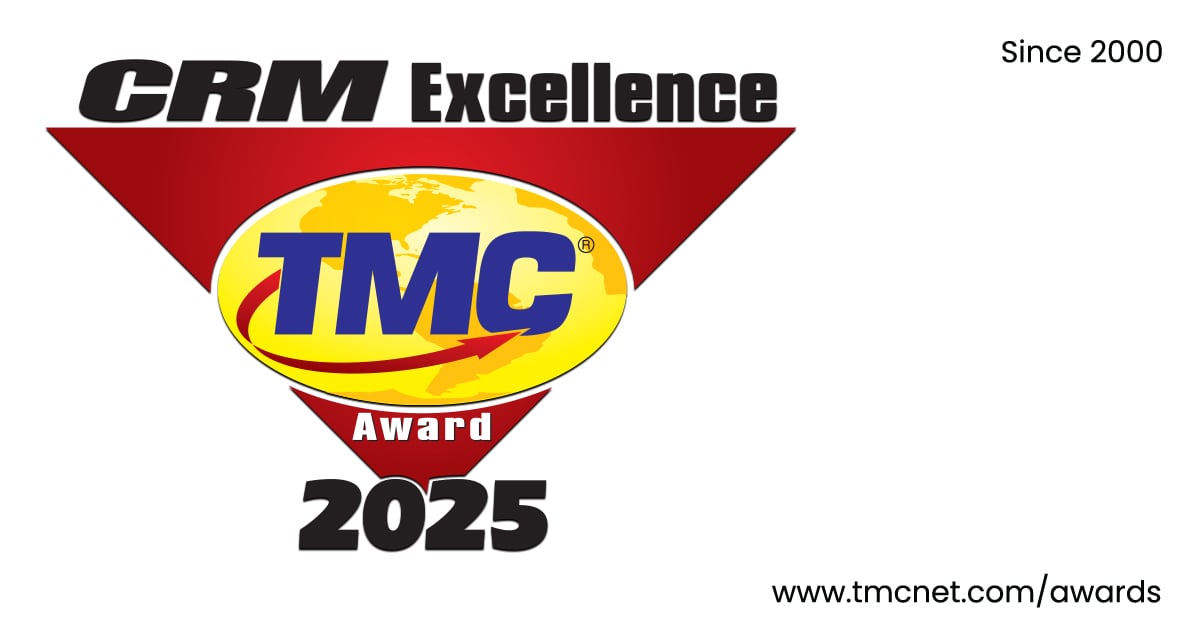
Approximately 21.8% of the world's population buys goods online. This equals 1.66 billion people. During the Covid-19 pandemic, shoppers around the globe spent $900 billion more on online purchases than in the previous two years.
However, you are unlikely to persuade people to buy your products if you use only words to describe them. High-quality and detailed images bring better results in this case. If you want to know more about the power of eCommerce photography and use such a method to your advantage, read the article till the end.
1. Brand Presentation
Blurred, over- or underexposed photos are sure to scare off potential buyers and will present your brand as very unprofessional. In fact, poor-quality images are associated with second-hand stores or newbie-sellers who create small marketing platforms with their old clothes/footwear/accessories, etc. But displaying such photos is totally unacceptable for self-respecting online stores.
If a person visits your website being determined to buy a specific product but then bumps into a blurry photo with screwed up colors, he/she will doubt your professionalism and reliability. A good rule of thumb is to treat every image you output as the face of your brand/store. This means preserving the same style across all photos and adhering to a business concept. To achieve such a result, you need to take images in similar lighting conditions, keep tabs on proportions, and use one and the same background (white is preferable). You can edit images on your own or contact product retouching services.
While taking and editing photos, keep social media requirements in mind. As Statista shows, Instagram has over 1.5 billion users while Pinterest is favored by over 270 million people. Of course, such platforms can totally change your marketing game, allowing you to reach more buyers. But this is possible only if you lure consumers with top-notch images.
2. Keep Potential Buyers Engaged
The human brain perceives one image in just 13 milliseconds and memorizes more than 2000 images with an accuracy of 90% within a week. Therefore, in order to draw buyers’ attention to your products and make him/her remember them for long, you need to use a photo.
In the era of fragmented attention, visual elements are no less important than accompanying call-to-action text. Sometimes, an eCommerce photo takes the leading role, encouraging a person to study a brand and products in more detail, and finally, make a purchase.
However, you need to complement images with other visual components that will build the bridge between the “scrutinizing stage” and clicking “Buy Now”. But don’t get too carried away with staged photo sessions – every element should look as realistic as possible, so that people can easily visualize an item they see on the screen in their everyday environment.
3. Boost SEO Rates
A website with images is more interesting for users than a platform crammed with text only. So, one of the most efficient ways to attract clients and improve SEO rates is to use visual content. Thus, search engines recognize the exposure signals of your site and help you move up the search engine results pages (SERPs). According to the statistics, your website is 50 times more likely to appear on Google’s front page if it has embedded visuals.
While performing search engine optimization, you need to stick to some simple rules. The basic recommendation is to use catchy titles and descriptions, as well as include a link back to your site. Other crucial aspects are:
- Naming your photo file. Forget about standard titles like “image01.jpg”. Google doesn’t notice such photos, so you need to use names that provide more details about pictures. However, stay away from too long titles and those stuffed with keywords.
- Adding alternative text on photos. Search engines don’t really excel at interpreting photos, so you need to give them a hint about the objects displayed. Use descriptive file names and the alternative (alt) text. The letter is needed for describing photos to Google and other search engines.
- Using proper image sizes and types. Ecommerce photos are usually saved in JPEG format because it allows for previewing images in high quality while the size is kept small. You have probably understood that a smaller file size means a higher load speed. If a buyer has to wait too long for a page to load, he/she gets annoyed and switches to another web store.
Pro Tip: You also should choose the correct size for your photos. Most stores accept 500 x 500px images. For Amazon, you need at least 1000 x 1000 pixels, while Walmart requires twice larger photos for efficient zooming on different devices. To play it safe, go for 2000 x 2000px pictures, as you can always scale them down if needed.
4. Less Returns and Negative Comments
25% of buyers return products because an item they see in photos and the one they actually receive, differ a lot. That’s why you should complement images with the “Zoom” function, so that people can inspect every piece of a product.
Moreover, you can prevent these problems using high-quality images. Such an approach appeals to customers, who want to collect as much info about a product before spending money as possible. So, eCommerce photos not only “describe” goods, but also increase sales.
5. Trust and Loyalty
A photo is a powerful tool for informing potential customers about your brand, products and services, which in the long run brings a significant increase in sales. Taking professional product images is a complex process that requires special skills and an understanding of different intricacies. An image can either make or break your reputation, so fill your website with top-quality photos only.
Unfortunately, there are still brands that save on professional images, believing they won’t pay off. This is a terrible mistake in the modern world, considering how competitive a product market is. If you want to find your place in the arena, you need to focus on high quality in every element, eCommerce photos are no exception. Buyers prefer online stores with detailed images demonstrating a product from various angles. Knowing this tendency, you can develop your business more efficiently.
The Bottom Line
When you get organized and use high-quality, professional images that have a common core, you immediately see a boost in sales. First-class photos help potential customers understand or even feel how they can benefit from buying and using the products you sell.
About the Author
Ann Young is a photographer and writer living in New York. She has been engaged in the sphere for 10 years starting with the day she graduated from New York University. Initially, she was a photographer and freelance retoucher. Now, Ann cooperates with multiple online stores and studies the impact of photos and videos on sales.





